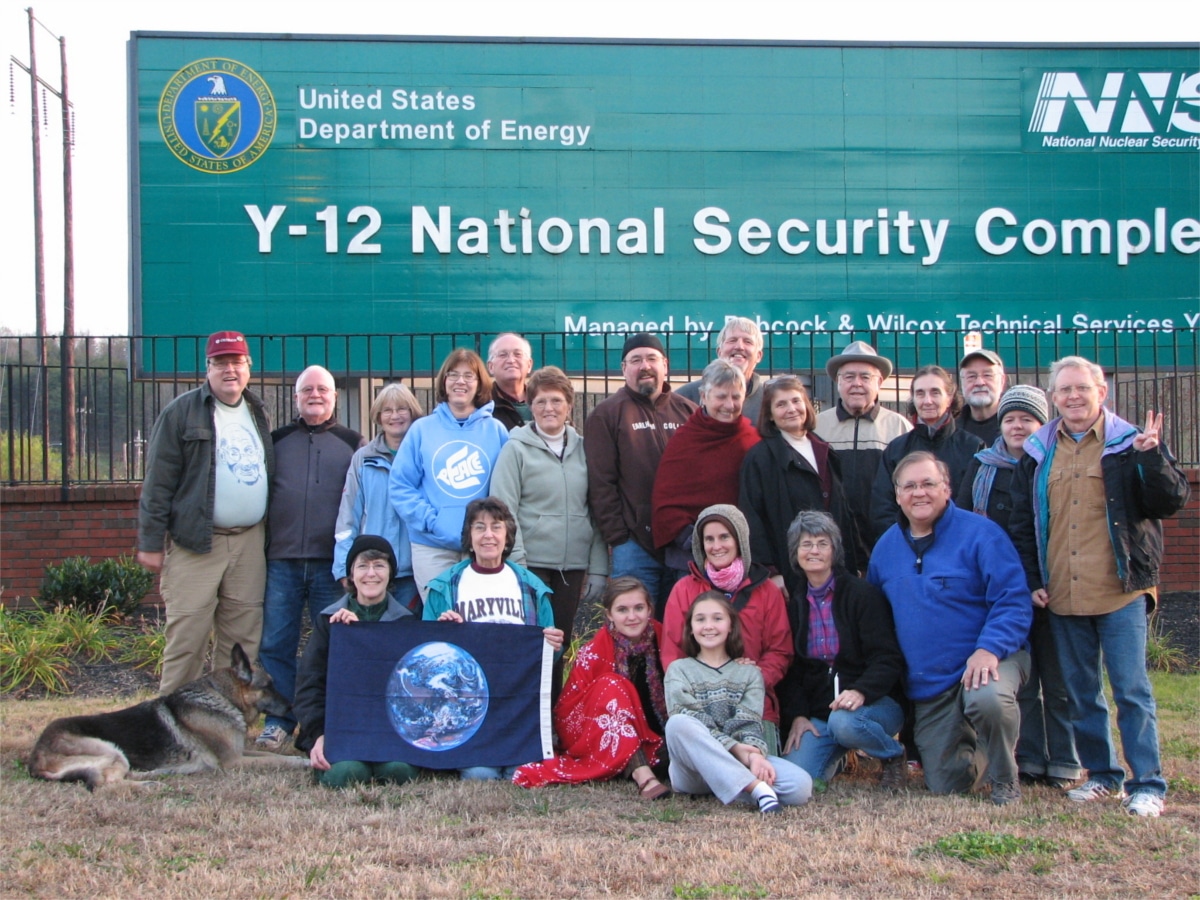There was a lot of talk leading up to President Obama’s visit to Hiroshima, much of it speculating on what he would or should or would not or should not say. I was interviewed by print and television reporters, and that seemed to be the first question out of the box, usually in the context of “Apologize for the bomb?” My answer to that was easy. Having been to Hiroshima and Nagasaki, and having hosted hibakusha” survivors of the bombings”half a dozen times or more, I quickly noted that I never heard any request for an apology. For those who were there, and who lived to reflect on that horrific moment, it was never about the past, except insofar as the past informs the present and future. Their request was not for regret, but for commitment; they asked that we join them in making “Never again!” a guarantee by abolishing nuclear weapons from the face of the earth.
Now the Presidential visit is history. He made a pretty good speech, though Senator Edward Markey’s op-ed about preaching temperance from a barstool warrants even more attention.
The one thing I feel certain of is that the speech Obama delivered in Hiroshima is among the least important things he did there. At least I hope that is so. If I had been asked to advise the president on his priorities, my top three would have been: Look, Listen, and Feel.
Look. The visual power of Hiroshima, the physical presence of the dome, the before and after diorama and artifacts in the Hiroshima Peace Memorial Museum, the charred schoolgirl’s lunch tin with carbonized rice cannot be fully realized from pictures or descriptions. Like standing at the rim of the Grand Canyon, one can only completely comprehend the scope in person. In the case of Hiroshima, the scene is the opposite of grandeur. But it should be faced.
Listen. The stories of the hibakusha, told on video and in person, are compelling. They remind everyone who listens that the atomic bomb was not simply an amazing technological achievement or a powerful military weapon; it was a monstrous destroyer of lives and histories and families and pets and culture and hope. It’s use ushered in the nuclear age, when humankind not only stepped into a new technological era, but into a new moral era. Now we are inescapably aware of what we are capable of, and with that knowledge comes a moral imperative”one we have yet to fully, appropriately, and morally meet.
Feel. The enormity of Hiroshima and the devastating power of the stories can be numbing. Facing Hiroshima means facing something deeply dark in our souls”not just our national soul, but our human souls. I want the weight of Hiroshima to bear down on President Obama; I want him to feel it when he gets back to Washington, DC and sits down to look at his daughters across the breakfast table. I want, at least one morning, for him to notice his watch 8:15, and to think, “It was just this time of day”¦”
I am hopeful that the President has done all of these things. He did stand in Hiroshima and acknowledge that he saw it firsthand. He listened. He met with hibakusha, two gentlemen, and spoke privately with them, hugged one of them. And if the catch in his voice when he spoke of children was any indication, he felt the truth of the Bomb. I believe he will look at Sasha and Malia and see in their eyes the hope of the future.
And it is what he does then, not what he did in Hiroshima, that will be the most important thing.
If he himself experiences the moral awakening he called for in Hiroshima, he can set in motion the eventual disarmament he so fondly speaks of. He can declare it is not okay anymore to say “maybe not in my lifetime.” He can announce he is abandoning plans for a new $15 billion thermonuclear bomb manufacturing plant in Oak Ridge, Tennessee (yes, it’s true”$3 billion has already been spent on the design). He can tell the weaponeers at Lawrence Livermore Lab to stop working on a new warhead for the Long Range Stand-Off cruise missile, and he can tell the pentagon to shut down the LSRO program.
These first steps would be the first significant actions of this president toward a world free of nuclear weapons. Everything else has been to “reduce the danger,” or to discourage nuclear proliferation, all the while embracing nuclear weapons as the cornerstone of defense policy for the US. The new bomb plant, and the ongoing upgrades and modifications of US warheads, have launched a new global nuclear arms race. Undoing that will take action, not words.
Taking these bold steps would send a powerful message to the rest of the world, one we promised more than 40 years ago in the Nuclear Nonproliferation Treaty. Simply put: we are not just talking about a world free of nuclear weapons, not just determined to have one some day”we are going there now. Other nations would follow, because nuclear weapons are as irrational to them as they are to us.
Who would oppose the President? Some right-wing hawks, no doubt, who think the best foreign policy for the United States is to bully the world into doing things our way. But not all of them”Henry Kissinger, George Shultz, Sam Nunn, William Perry, almost every living former National Security Adviser, hundreds of Generals and Admirals around the globe, including the former head of NATO’s Strategic Forces, General Lee Butler, and General James “Hoss” Cartwright, four star Marine general who served as Vice-Chairman of the Joint Chiefs of Staff, and General Charles Horner, four star Air Force general. All of these men have called for the United States to take concrete steps toward nuclear disarmament. They are not Pollyannas. They understand the risks and rewards of nuclear weapons more than most people on the planet; their careers have required them to contemplate policy and use in practice, and not just in theory.
So, what I want from my President now is this: take some time to let Hiroshima sink in. And then use your new knowledge as the platform from which you step out to walk the walk, leading us toward a world free of nuclear weapons, the world of Never Again.




